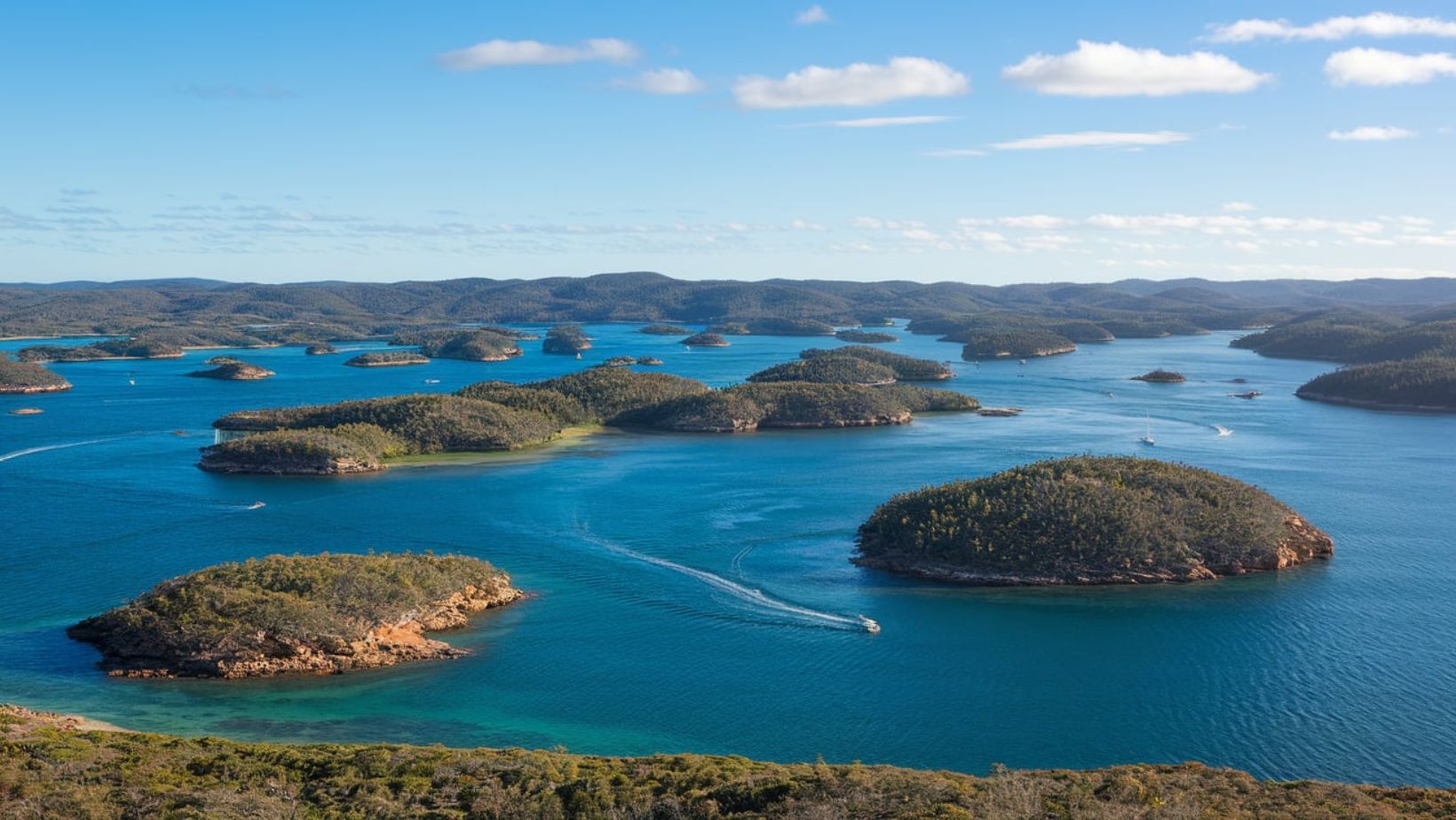What lies scattered across the southern edge of Australia, where the mighty Southern Ocean meets the continent with unprecedented force? How have 105 untamed islands managed to remain virtually untouched in our modern world of mass tourism? What secrets lurk beneath the turquoise waters that have claimed over 1,500 ships throughout history? Will this last frontier of pristine wildlife remain protected from the encroaching human footprint?
The Recherche Archipelago stands as Australias last untamed island paradise
Stretching across 230 kilometers of Western Australia’s southern coastline, the Recherche Archipelago encompasses a staggering complex of 105 islands and over 1,200 charted obstacles. Known locally as the Bay of Isles, this vast marine wilderness was named after the French vessel “Le Recherche” in 1792. Today, the archipelago represents one of the last truly wild island systems in the developed world, with many of its islands never having felt human footsteps.
The waters here hold some of the most pristine diving spots left on Earth
Beneath the surface, a hidden world awaits the few adventurous souls who make it this far. Crystal-clear waters reveal forests of giant kelp swaying in the currents, while countless underwater caves and granite outcrops create a maze of marine habitats. The isolation of these waters has preserved diving spots that remain virtually unexplored, with new species still being discovered. Local dive operators report regular encounters with pods of dolphins, curious Australian sea lions, and the occasional visiting orca.
Rare seal colonies have claimed these islands as their last stronghold
The archipelago serves as a crucial sanctuary for one of the rarest seal species in the world – the Australian sea lion. With a population of just 12,000 remaining, these endangered mammals find refuge on the rocky shores of selected islands within the archipelago. Conservation efforts have identified several key breeding sites, carefully protected from human interference. The isolation of these islands has created the perfect haven for these curious creatures, allowing them to thrive away from mainland threats.
Nature thrives here in ways not seen elsewhere in Australia
Each island within the archipelago represents its own micro-ecosystem, supporting unique assemblages of plant and animal life. White-bellied sea eagles nest on craggy peaks, while death adders – found nowhere else in southern Western Australia – inhabit several of the larger islands. The surrounding waters teem with marine life, from tiny seahorses to migrating whales, making the archipelago a crucial link in the Southern Ocean’s ecological chain.
Modern navigation techniques still struggle with these treacherous waters
Despite advanced GPS systems and detailed maritime charts, navigating the Recherche Archipelago remains a formidable challenge. Submerged rocks, strong currents, and sudden weather changes create conditions that demand extreme caution. The area’s reputation as a ship graveyard is well-earned, with hundreds of documented wrecks dating back to the early days of European exploration. These dangerous conditions have inadvertently helped preserve the archipelago’s pristine nature by limiting access to experienced sailors.
Scientific expeditions continue to uncover new species in these waters
Marine biologists conducting research in the archipelago regularly document previously unknown species. The complex underwater topography, featuring deep channels, coral gardens, and extensive seagrass meadows, creates numerous ecological niches. Recent expeditions have discovered several new species of sponges, nudibranchs, and fish, suggesting that many more await discovery in these pristine waters.
Climate change poses new threats to this untouched wilderness
While the archipelago’s isolation has protected it from many human impacts, it faces new challenges from global climate change. Rising sea temperatures have begun to affect the delicate balance of marine ecosystems, while changing weather patterns influence breeding cycles of native species. Conservation groups are working to establish expanded marine protected areas around the archipelago, recognizing its value as one of the last pristine marine environments in the temperate world.
